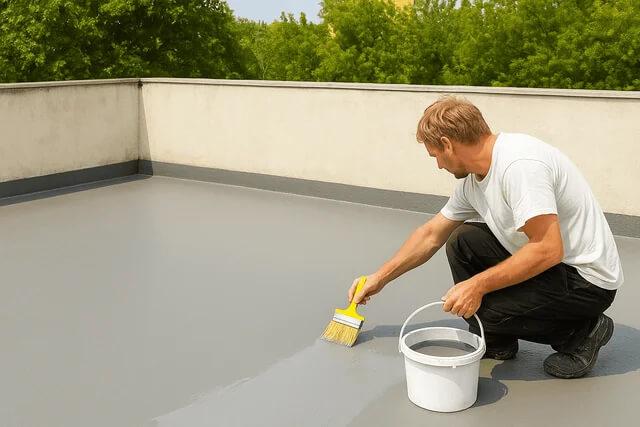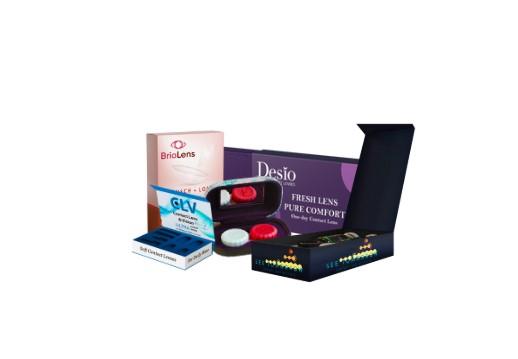Basement Waterproofing: Essential Tips to Keep Your Home Dry and Damage-Free

Ensuring a dry and damage-free basement is crucial for maintaining the structural integrity and comfort of your home. Effective Basement waterproofing protects your property from water seepage, mold growth, and costly repairs. With the increasing instances of heavy rainfall and urban waterlogging, homeowners must adopt preventive strategies to safeguard their basements. Proper waterproofing not only maintains a healthy indoor environment but also enhances property value and longevity.
Basements are prone to moisture problems due to ground water pressure, poor drainage, and structural vulnerabilities. Water intrusion can damage flooring, walls, electrical systems, and furniture, making it essential to implement comprehensive waterproofing measures. In this article, we explore essential tips, techniques, and best practices to ensure your basement remains dry, safe, and free from damage.
Understanding Basement Water Problems
Moisture issues in basements often originate from multiple sources:
-
Groundwater seepage: Hydrostatic pressure forces water through walls and floors.
-
Surface water: Poor drainage or clogged gutters can channel rainwater toward the foundation.
-
Plumbing leaks: Broken pipes or faulty connections lead to localized flooding.
-
Condensation: Humid air condenses on cold basement surfaces, causing dampness.
Identifying the exact source of moisture is critical for designing an effective waterproofing strategy. Each source requires a tailored approach to prevent recurring problems and structural deterioration.
Importance of Basement Waterproofing
Waterproofing a basement offers numerous benefits:
-
Prevents Structural Damage: Water weakens foundations, causes cracks, and compromises structural stability.
-
Reduces Mold and Mildew Growth: Moist environments promote fungal growth that can affect health.
-
Protects Belongings: Safeguards furniture, electronics, and stored items from water damage.
-
Enhances Property Value: Well-maintained, dry basements increase resale potential.
Investing in basement waterproofing saves money and prevents health hazards, making it an essential home maintenance priority.
Key Basement Waterproofing Techniques
1. Exterior Waterproofing
Exterior waterproofing is one of the most effective long-term solutions:
-
Excavation: Remove soil around the foundation to expose basement walls.
-
Application of Waterproof Membrane: Seal walls with liquid coatings or sheets to block water.
-
Drainage Installation: Install exterior drains and gutters to redirect water away from the foundation.
This method prevents water from entering the basement from outside and minimizes hydrostatic pressure effects.
2. Interior Waterproofing
Interior solutions address water that has already seeped in or may infiltrate under pressure:
-
Sealants and Coatings: Use waterproof paints or sealants on walls and floors to prevent minor leaks.
-
Sump Pumps: Install pumps to remove accumulated water effectively.
-
French Drains: Place drains inside the basement perimeter to collect and redirect water.
Interior waterproofing is often more cost-effective and less disruptive than exterior methods, though it may not address major structural leaks.
3. Foundation Crack Repair
Cracks are common entry points for water:
-
Epoxy Injection: Fills and seals small cracks in concrete walls or floors.
-
Hydraulic Cement: Expands upon contact with water to seal leaks effectively.
-
Regular Inspection: Monitor walls and floors for new cracks or widening existing ones.
Repairing cracks promptly prevents moisture intrusion and reduces long-term damage.
4. Proper Drainage Management
Effective water management outside the basement is crucial:
-
Gutter Maintenance: Keep gutters and downspouts clean to avoid overflow.
-
Grading: Ensure the ground slopes away from the foundation.
-
Drainage Systems: Install surface drains or channels to carry water away.
These measures minimize water accumulation near the foundation, reducing hydrostatic pressure.
5. Moisture and Humidity Control
Basements are naturally prone to high humidity levels:
-
Dehumidifiers: Maintain indoor humidity between 30-50% to prevent condensation.
-
Ventilation: Proper airflow reduces stagnant moisture and improves indoor air quality.
-
Insulation: Insulate walls and pipes to prevent condensation on cold surfaces.
Controlling moisture prevents mold growth and maintains a comfortable, healthy environment.
6. Regular Maintenance and Monitoring
Consistent inspection and maintenance are key to long-term waterproofing success:
-
Visual Checks: Look for signs of dampness, discoloration, or mold.
-
Sump Pump Testing: Ensure pumps function correctly, especially before rainy seasons.
-
Plumbing Inspections: Identify leaks early to prevent basement flooding.
Routine checks help catch small issues before they escalate into major problems.
Choosing Professional Basement Waterproofing Services
Professional services provide expertise, equipment, and materials to achieve long-lasting results:
-
Experience: Trained technicians can identify hidden moisture sources.
-
Advanced Techniques: Access to high-quality sealants, membranes, and drainage systems.
-
Time Efficiency: Faster and more effective installation compared to DIY approaches.
-
Warranty and Support: Many professionals offer guarantees and ongoing support.
Hiring experienced professionals ensures that basement waterproofing is done correctly, saving both time and money.
DIY vs. Professional Waterproofing
While some minor tasks like sealing small cracks or using a dehumidifier can be DIY, comprehensive waterproofing often requires professional expertise:
-
DIY solutions are typically short-term and may not address structural issues.
-
Professionals provide tailored solutions that combine interior and exterior methods for maximum protection.
-
Mistakes in DIY waterproofing can worsen problems or cause hidden damage over time.
Balancing DIY maintenance with professional intervention ensures your basement remains dry and secure.
Environmental Considerations
Waterproofing your basement also has ecological benefits:
-
Prevents Mold Emissions: Reduces allergens and spores from spreading indoors.
-
Energy Efficiency: Proper insulation and moisture control reduce HVAC load.
-
Sustainable Materials: Modern waterproofing uses environmentally friendly sealants and membranes.
A well-protected basement contributes to healthier living spaces while minimizing environmental impact.
Economic Benefits of Basement Waterproofing
Investing in waterproofing saves money in the long run:
-
Avoids costly repairs from water damage or structural deterioration.
-
Reduces insurance claims and premiums by mitigating risk.
-
Protects valuable stored items and furniture from damage.
The initial investment pays off through reduced maintenance, health protection, and property value enhancement.
Final Thoughts
Basement waterproofing is an essential home maintenance practice that protects against water intrusion, structural damage, mold, and health hazards. By combining exterior and interior waterproofing methods, repairing cracks, maintaining proper drainage, controlling humidity, and hiring professional services when needed, homeowners can ensure their basements remain dry and damage-free. Implementing these measures not only enhances comfort and safety but also preserves the long-term value of your property. Proper basement waterproofing is a wise investment that safeguards your home for years to come.
FAQs
How do I know if my basement needs waterproofing?
Look for signs like damp walls, musty odors, water stains, or visible mold.
What is the difference between interior and exterior waterproofing?
Exterior waterproofing prevents water from entering, while interior solutions manage water that has seeped inside.
Can waterproofing prevent mold growth completely?
It significantly reduces moisture, which prevents most mold growth, but good ventilation is also important.
Are sump pumps necessary for all basements?
Not all basements require them, but they are recommended in areas prone to flooding.
How long does basement waterproofing last?
With proper maintenance, high-quality waterproofing can last 10–20 years or more.
Is waterproofing expensive?
Costs vary depending on the method and basement size, but it is cheaper than repairing water damage later.
Can I perform waterproofing myself?
DIY methods work for minor issues, but professional intervention is recommended for comprehensive protection.
Does waterproofing affect basement aesthetics?
Modern sealants and membranes are designed to be unobtrusive and do not impact interior design.
How often should I inspect my basement for moisture?
Check at least twice a year, especially after heavy rain or winter thaw.
What materials are used for effective waterproofing?
Common materials include liquid membranes, cementitious coatings, drainage boards, and epoxy sealants.






